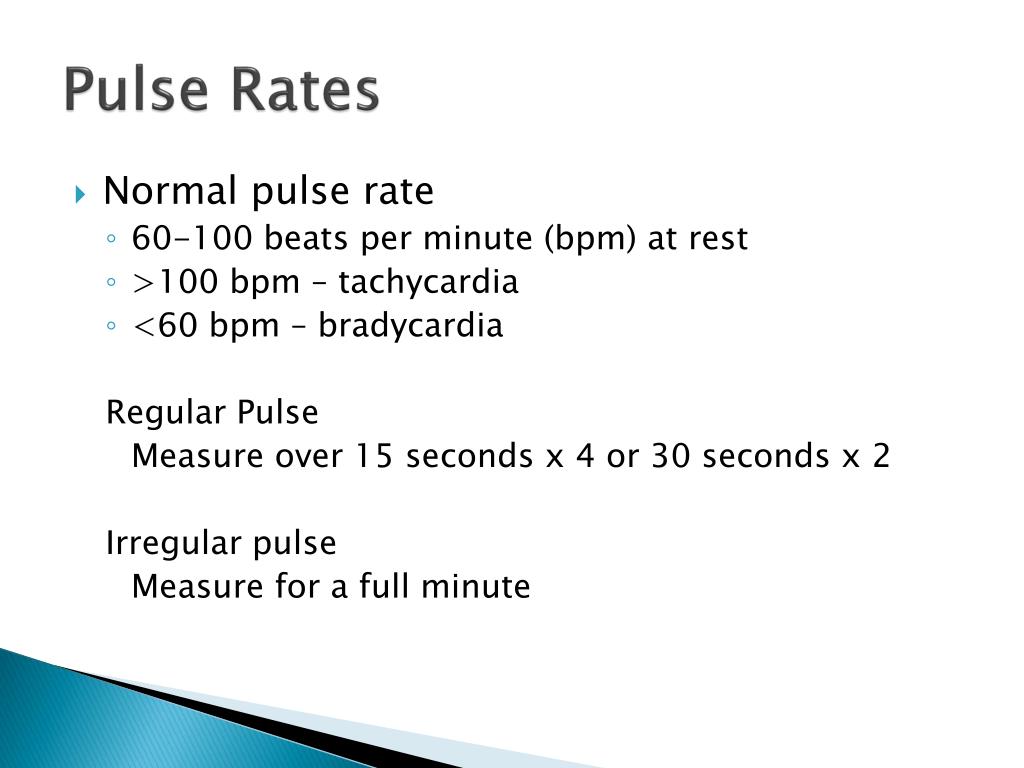
Imagine the heart is like the legs of a cyclist. Many of my healthiest patients have pulse rates in the mid-50s, some even lower. And faster rates (over 100) can be due to a number of things, ranging from a side effect of drinking alcohol or coffee, to more worrying things such as infection, anaemia, an overactive thyroid or heart trouble.Īt the other end of the spectrum, generally the lower your pulse the better, as long as you are not getting symptoms suggesting it is so slow that its pumping capabilities are being restricted – such as light-headedness and/or shortness of breath on exertion (both of which should prompt a visit to your doctor). However, many cardiologists use a lower range (50-75) as this is where people with the healthiest hearts seem to sit.Ī resting pulse rate above 75 doesn’t mean you necessarily have a problem, but does suggest that you are perhaps not as fit as you could be.

Your pulse rate is a good marker of general health with anywhere between 60 and 100 beats per minute (at rest) being regarded as normal. However, the target rates given are only guidelines, as your pulse rate may be affected by other factors such as medication, pacemakers or certain forms of heart disease. If you keep track of how long it takes for your pulse rate during exercise to return to its normal resting rate, within four weeks of starting regular exercise your efforts should be rewarded with a noticeable reduction in recovery time. Therefore, if you are aged 50, you should aim to build up fitness gradually until you reach a target pulse rate during exercise of between 102-136 bpm (beats per minute). The maximum pulse rate is 220 minus your age, and the target for a healthy pulse rate during, or just after, exercise, is 60-80 per cent of this. The average resting heart rate for an adult is between 60 and 100 beats per minute, while well-conditioned athletes can achieve between 40 and 60 beats per minute. You will quickly see improvements in your body fat and blood pressure measurement, and recovery of your pulse to resting levels. If you set the level of your daily activity according to your pulse, you will gradually do more and get fitter quite safely with each exercise session - three 30-minute spells per week are sufficient. You can monitor your progress towards fitness by recording your recovery rates after the same spell of exercise each day.

The difference between the two figures is a measure of your recovery rate. Try recording your 'activity pulse' immediately after you complete your exercise, then your recovery pulse' two minutes later. You can calculate the optimum rise during exercise, and use a pulse monitor to maintain that level during your exercise spells and check your rate of recovery as you rest afterwards.

The degree of increase and decrease in pulse, and the speed of recovery increases as you get fitter. Your pulse rises to meet the demands of activity, then recovers as you rest. Generally the lower it is, the fitter you are - unless you have a pacemaker or heart disease.

What you need to know is the number of beats per minute.


 0 kommentar(er)
0 kommentar(er)
